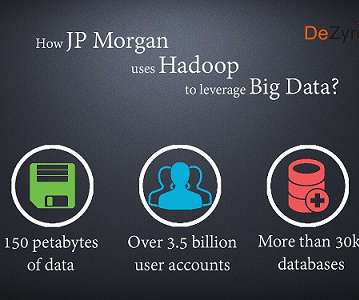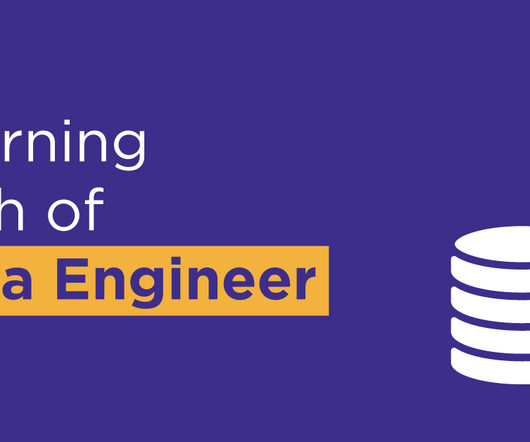How JPMorgan uses Hadoop to leverage Big Data Analytics?
ProjectPro
JULY 13, 2015
Large commercial banks like JPMorgan have millions of customers but can now operate effectively-thanks to big data analytics leveraged on increasing number of unstructured and structured data sets using the open source framework - Hadoop. JP Morgan has massive amounts of data on what its customers spend and earn.












Let's personalize your content